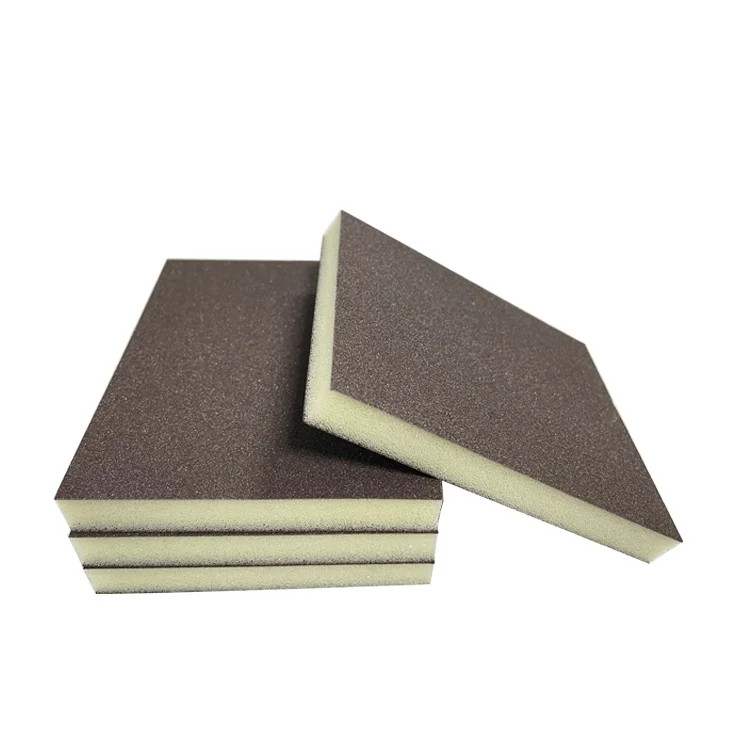In an unpredictable world, being prepared for emergencies is not just a precaution; it’s a necessity. Whether you’re an avid outdoorsman, a casual camper, or simply someone who wants to be ready for unforeseen circumstances, investing in a high-quality survival kit is crucial. But with so many options available, how do you determine what is the best survival kit to buy? This comprehensive guide will break down the essential components of a survival kit, the types available, and key factors to consider when making your purchase.
Understanding Survival Kits
A survival kit is a collection of essential tools and supplies designed to help you survive in emergency situations. These kits can vary significantly in size, contents, and purpose. The best survival kit for you will depend on your specific needs, the environment you’ll be in, and the duration of your potential survival scenario.
Key Components of a Survival Kit
When evaluating what is the best survival kit to buy, consider the following essential components:
- Water and Water Purification:
- Water Storage: A reliable survival kit should include a means to store water, such as collapsible water bags or durable water bottles.
- Purification Methods: Look for kits that include water purification tablets, filters, or portable water purifiers to ensure you have access to safe drinking water.
- Food Supplies:
- Non-Perishable Food: High-calorie, lightweight food options such as energy bars, freeze-dried meals, or MREs (Meals Ready-to-Eat) are ideal.
- Cooking Equipment: A compact stove or portable cooking system can be invaluable for preparing meals in the wild.
- Shelter and Warmth:
- Emergency Blankets: Mylar emergency blankets are lightweight and can retain body heat.
- Tents or Tarps: A compact, weather-resistant tent or tarp can provide essential shelter from the elements.
- First Aid Supplies:
- A comprehensive first aid kit should include bandages, antiseptics, pain relievers, and any necessary personal medications.
- Tools and Equipment:
- Multi-Tool or Knife: A versatile multi-tool can serve multiple purposes, from cutting to repairing gear.
- Fire Starting Kit: Waterproof matches, lighters, or fire starters are crucial for warmth and cooking.
- Navigation and Communication:
- Maps and Compass: Even in the age of GPS, having a physical map and compass can be lifesaving.
- Emergency Whistle: A whistle can help signal for help without exhausting your voice.
- Personal Safety Items:
- Pepper Spray or Personal Alarm: For self-defense in urban survival situations.
- Reflective Vest: In case of emergencies on roads, a reflective vest can enhance visibility.
Types of Survival Kits
When searching for the best survival kit to buy, you’ll encounter various types tailored for different scenarios:
- General Survival Kits: These are all-purpose kits suitable for a variety of situations, including natural disasters and outdoor adventures.
- Bug-Out Bags: Designed for quick evacuation, these kits typically contain essentials for 72 hours of survival.
- Car Emergency Kits: Specifically designed for roadside emergencies, these kits often include jumper cables, flares, and basic first aid supplies.
- Hiking and Camping Kits: Tailored for outdoor enthusiasts, these kits focus on lightweight, portable items that cater to specific activities.
- Home Emergency Kits: These kits are designed for use during natural disasters and should include items for sheltering in place.
Factors to Consider When Buying a Survival Kit
- Quality of Materials: Ensure that the items in the kit are made from durable, high-quality materials that can withstand harsh conditions.
- Weight and Portability: If you plan to carry your kit on hikes or camping trips, consider its weight and how easily it can be transported.
- Customization Options: Some kits allow you to add or remove items based on your personal needs, which can be beneficial for tailoring the kit to your specific situation.
- User Reviews and Recommendations: Research customer reviews and expert recommendations to gauge the effectiveness and reliability of the kit.
- Price vs. Value: While it’s tempting to go for the cheapest option, consider the value of the items included. A higher-priced kit may offer better quality and more comprehensive supplies.
Conclusion
Choosing the best survival kit to buy is a decision that requires careful consideration of your individual needs and circumstances. By understanding the essential components, types of kits available, and key factors to consider, you can make an informed choice that will prepare you for any emergency. Remember, the goal of a survival kit is not just to survive but to thrive in challenging situations. Equip yourself wisely, and you’ll be ready for whatever life throws your way.


